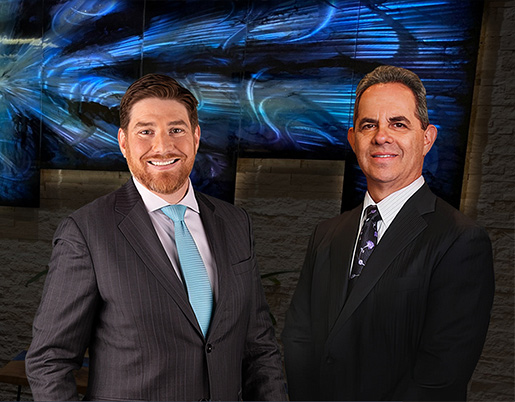Happy New Year! I hope that everyone has had a safe and happy holiday season.
Even after the government pumped in more than $123 billion in support of the auto industry and its suppliers during the past year, 2009 still turned out to be a disastrous year with some of the lowest car sales since the 1970s. Companies have been selling their technologies and subsidiaries in an attempt to keep their heads above water and although there are some great deals to be had out there, it seems that in general, people just don’t have the money to spend. Sales increased towards the end of 2009, but this was mostly due to government incentives and a push for dealerships to get rid of their 2009 and discontinued models.
Overseas the car industry has faired a bit better. Car sales in China last year jumped almost 45% percent to 13.5 million vehicles, overtaking the U.S. market, according to analysts polled by Reuters. In Spain, December car sales were up 25 percent, the fourth consecutive monthly increase, supported by government subsidies and the French carmakers’ association said on Monday that new car sales in France surged 49 percent in December to 228,451 vehicles also supported by government incentives.
If you listen to the auto analysts you really don’t get a feel for what 2010 has in store. Some say 2010 will be a good year, while other say a bad one. So who can you believe? It seems to me that the auto industry is being backed by government incentives and subsidies and unless they want to continue pouring money into it, it could be a bleak year. I guess we will have to just wait and see.





 Anyone who went to the L.A. Auto Show this weekend may have come across the Chevrolet display and the
Anyone who went to the L.A. Auto Show this weekend may have come across the Chevrolet display and the 
